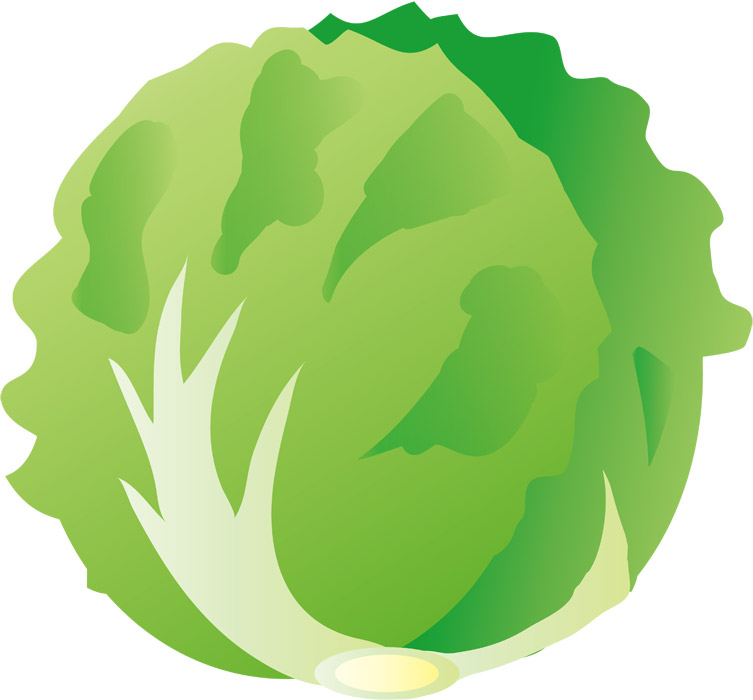Abstract
In Japan, the cabbage sector has seen significant developments in recent years. The national harvest reached a peak of 1.46 million tons in 2022, highlighting a recovery and growth trend in production. The cultivated area also increased, with 33.9 thousand hectares dedicated to cabbage, reflecting a strategic focus on this leafy vegetable. Aichi Prefecture led in shipping volumes, achieving 254 thousand tons, underscoring its vital role in national cabbage distribution. Historically, fluctuations in weather patterns and market demands have influenced yields, but recent advancements in agricultural practices have contributed to enhanced efficiency and output, ensuring stable supply levels.
Cabbage yield (main data).
Cabbage production in Japan has experienced notable fluctuations from 1973 to 2022. The peak harvest of 1.67 million tons occurred in 1986, representing a high point for the sector. As of 2022, national yields stand at 1.46 million tons, approximately 87.5% of that historic maximum, indicating a sustained but cautious recovery in recent years. Factors influencing these trends include advancements in agricultural techniques and changing consumer preferences. Regional variations, particularly in Aichi Prefecture, highlight the importance of local climates and practices. Overall, while production remains robust, challenges such as weather variability and market demands continue to shape the landscape of cabbage agriculture in Japan.


The maximum is 1.67Mt[1986] of Japan, and the current value is about 87.5%
Cabbage harvest volume (by prefecture).
In 2022, leafy vegetable yields in Japan showcased significant regional variations, with Gunma Prefecture achieving the highest yield at 285,000 tons. This peak reflects Gunma’s effective agricultural practices and favorable growing conditions, positioning it as a leader in leafy vegetable production. Over the years, advancements in cultivation techniques and increased focus on local supply chains have contributed to enhanced yields across various prefectures. While overall production has remained stable, the focus on quality and sustainability has become more pronounced. As consumer preferences shift towards fresher, locally sourced produce, regions like Gunma are likely to continue their leadership in the leafy vegetable market, adapting to emerging trends and challenges.


The maximum is 285kt of Gunma, the average is 31kt, and the total is 1.46Mt
Area cultivated with cabbage (main data).
Cabbage cultivation in Japan has seen significant changes from 1973 to 2022. The peak area allocated for cabbage, 43.3 thousand hectares, was recorded in 1981. Currently, the cultivated area stands at approximately 33.9 thousand hectares, representing 78.3% of that historic maximum. This decline reflects shifts in agricultural focus and consumer preferences, as farmers adapt to market demands for diverse leafy vegetables. Technological advancements and improved farming techniques have helped optimize existing land use. Despite the reduction in area, the emphasis on quality production and local sourcing remains strong, suggesting that while the scale may have decreased, the commitment to sustainable practices and yield efficiency continues to grow in Japanese agriculture.


The maximum is 43.3kha[1981] of Japan, and the current value is about 78.3%
Cabbage cultivation area (by prefecture).
Looking at the latest data for 2022 on the area planted with leafy vegetables in Japan, the largest overall is Aichi Prefecture with 5,440 hectares, which is also the current maximum. This is noteworthy and suggests that Aichi Prefecture stands out in leafy vegetable production. It can also be seen that Aichi Prefecture’s cultivated area stands out compared to other prefectures. This trend is thought to be due to several factors, including Aichi Prefecture’s geographical conditions, developments in agricultural technology, and increasing demand. Aichi Prefecture is a major agricultural region and plays an important role in the local economy. Therefore, an increase in the area planted to leafy vegetables could have a positive impact on the local economy. However, it is necessary to consider how an increase in cultivated area will affect sustainable agricultural management, as well as the burden it will place on the environment.


The maximum is 5.44kha of Aichi, the average is 722ha, and the total is 33.9kha
Cabbage shipment volume.
In 2022, cabbage shipping volumes in Japan highlighted Aichi Prefecture as a key player, achieving the highest figure at 254,000 tons. This dominance illustrates Aichi’s strategic position in the cabbage supply chain, bolstered by efficient farming and distribution practices. The national average shipping volume was 27.9 thousand tons, contributing to a total of 1.31 million tons shipped across the country. This data reflects both robust production and growing consumer demand for fresh cabbage. Trends indicate a shift towards local sourcing and sustainability, with farmers adapting their practices to meet these preferences. As market dynamics evolve, regions like Aichi will likely continue to play a critical role in meeting national cabbage supply needs.


The maximum is 254kt of Aichi, the average is 27.9kt, and the total is 1.31Mt



Comments